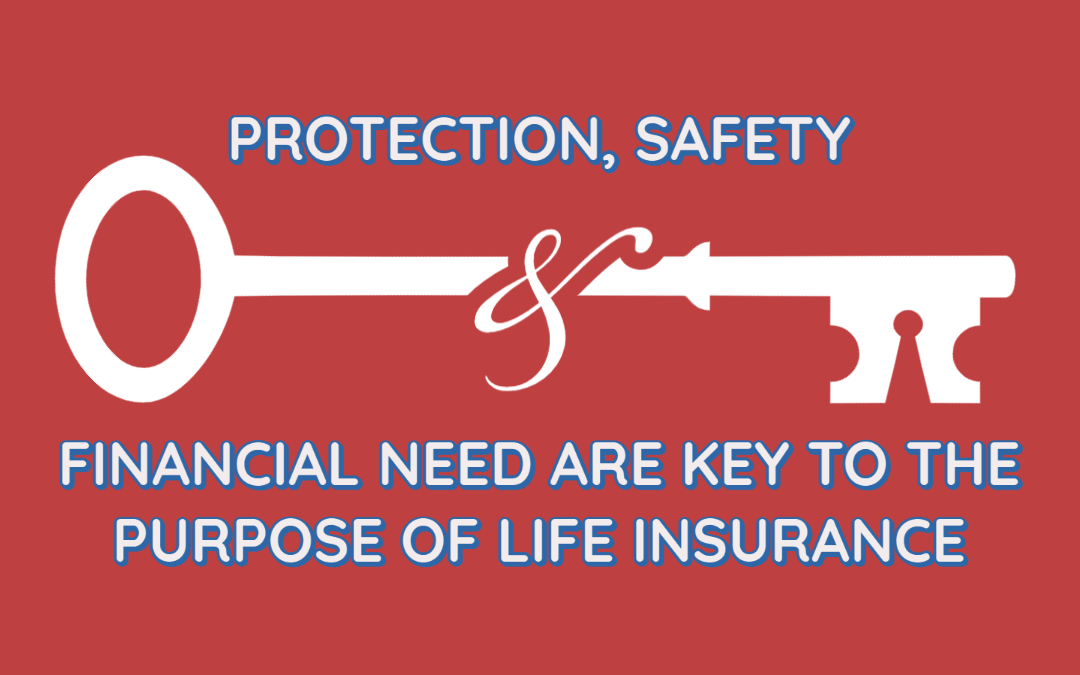An Unbiased View of Pacific Prime
An Unbiased View of Pacific Prime
Blog Article
Fascination About Pacific Prime
Table of ContentsThe Main Principles Of Pacific Prime The Ultimate Guide To Pacific PrimeRumored Buzz on Pacific PrimeWhat Does Pacific Prime Mean?The Only Guide to Pacific Prime

This is due to the fact that the information were accumulated for a duration of strong economic performance. Of the approximated 42 million people who were without insurance, just about about 420,000 (regarding 1 percent) were under 65 years of age, the age at which most Americans end up being qualified for Medicare; 32 million were adults between ages 18 and 65, around 19 percent of all grownups in this age; and 10 million were kids under 18 years of age, concerning 13.9 percent of all youngsters (Mills, 2000).
These quotes of the number of individuals without insurance are created from the annual March Supplement to the Present Populace Survey (CPS), conducted by the Demographics Bureau. Unless otherwise noted, national price quotes of people without health insurance and percentages of the population with various sort of insurance coverage are based on the CPS, one of the most widely utilized source of estimates of insurance policy coverage and uninsurance rates.
The Only Guide for Pacific Prime

Still, the CPS is especially helpful due to the fact that it produces annual price quotes reasonably quickly, reporting the previous year's insurance protection estimates each September, and because it is the basis for a constant collection of price quotes for more than twenty years, permitting for analysis of trends in insurance coverage in time. For these factors, along with the extensive use of the CPS in other researches of insurance coverage that exist in this report, we count on CPS quotes, with limitations noted.

The quote of the number of without insurance people broadens when a population's insurance policy status is tracked for numerous years. Over a three-year duration starting early in 1993, 72 million people, 29 percent of the united state population, lacked protection for at the very least one month. Within a single year (1994 ), 53 million people experienced a minimum of a month without coverage (Bennefield, 1998a)
6 out of every 10 without insurance grownups are themselves utilized. Although working does improve the probability that one and one's relative will have insurance coverage, it is not an assurance. Even members of households with two full time wage income earners have nearly a one-in-ten possibility of being uninsured (9.1 percent without insurance rate) (Hoffman and Pohl, 2000).
Examine This Report about Pacific Prime
New immigrants represent a considerable proportion of individuals without medical insurance. One evaluation has actually connected a substantial part of the current growth in the size of the U.S. uninsured population to immigrants who showed up in the nation between 1994 and 1998 (Camarota and Edwards, 2000). Recent immigrants (those that pertained to the USA within the previous four years) do have a high rate of being without insurance (46 percent), but they and their children represent simply 6 percent of those without insurance coverage nationally (Holahan et al., 2001).
The partnership between medical insurance and access to care is well established, as documented later on in this phase. Although the connection between health insurance policy and health and wellness end results is neither straight neither basic, a substantial professional and health services research study literary works web links health insurance protection to enhanced access to care, better high quality, and boosted personal and population health status.
Degrees of analysis for checking out the impacts of uninsurance. This discussion of medical insurance protection concentrates mainly on the U.S. population under age 65 due to the fact that virtually all Americans 65 and older have Medicare or other public coverage. It concentrates specifically on those without any kind of health and wellness insurance coverage for any kind of length of time.
Some Known Incorrect Statements About Pacific Prime
The problems faced by explanation the underinsured are in some areas comparable to those encountered by the without insurance, although they are normally less severe. Health and wellness insurance policy, nevertheless, is neither required nor adequate to get accessibility to clinical services. The independent and direct impact of health and wellness insurance coverage on accessibility to wellness solutions is well established.
Others will certainly get the healthcare they need also without wellness insurance coverage, by spending for it expense or seeking it from suppliers who supply treatment totally free or at very subsidized rates. For still others, wellness insurance alone does not ensure invoice of care due to other nonfinancial barriers, such as an absence of health and wellness treatment service providers in their neighborhood, minimal access to transportation, illiteracy, or etymological and cultural distinctions.
Getting The Pacific Prime To Work
Formal research concerning uninsured populaces in the USA dates to the late 1920s and early 1930s when the Board on the Price of Medical Treatment generated a collection of reports about financing medical professional workplace sees and hospitalizations. This problem became prominent as the varieties of medically indigent climbed throughout the Great Anxiety.
Report this page